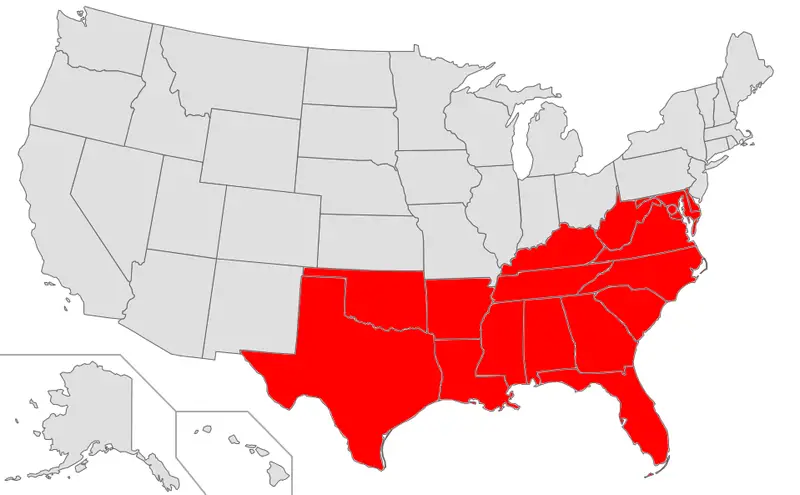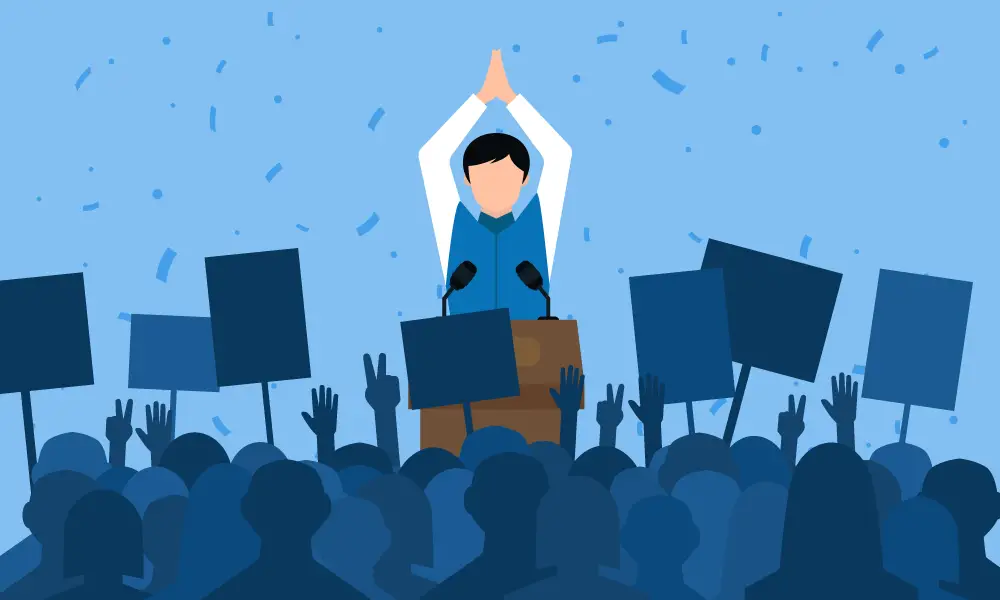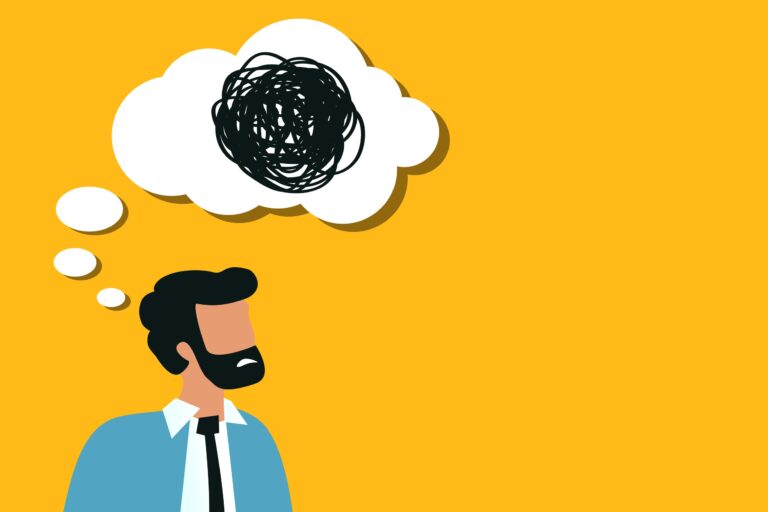In psychology, schemata (schema is the singular) are units of knowledge through which people understand and interpret the world.
They can consist of objects, people, events, or any other thing that we encounter in life or our environment.
By having a mental image or constructing these items in our minds, we have a framework for learning and interpreting our surroundings.
Schema can be a double-edged sword because they can help as well as hurt us. For example, they can be the basis for stereotypes.
In this sense, they can facilitate learning but also hinder it. This is because our schemata make us more receptive to new information only if it agrees with what we already know.
However, if it’s contradictory information, we distort it to make it more agreeable with our current knowledge.
Among the first to study schemata was Jean Piaget who used them to develop his theory of learning and cognitive development in children.
According to Piaget, an individual’s cognitive development occurs as a result of acquiring schemata with newer schemata helping to add nuance and complexity to the earlier schema.
According to the theory of cognitive schemata, we are constantly building or adjusting schemata as we get exposed to new information.
Also, we often use schemata to fill in the blanks for missing information. For example, the schema for a plane has the main slot for the plane.
This is followed by smaller parts of the plane such as the nose, fuselage, wings or tails, etc. When we see only one of these parts, we can infer the other parts because they stand in a relationship.
There are various kinds of schemas such as:
- Objects: This regards inanimate objects
- Self-schema: This is self-knowledge that is acquired by interacting with the world. It encompasses past experiences and defines how we view ourselves.
- Event schema: These are scripts that define sequences of events such as behavior or daily activities. They enable one to plan, or set goals in anticipation of the future
How schemas work
Schemas are constantly modified or adjusted via two processes called assimilation and accommodation.
- Assimilation simply adds new information to existing schemas
- Accommodation is the process through which new schemas are added or existing schemas are modified due to new information. Learn more here: Examples of Accommodation in Psychology
Here are 8 cognitive schemas examples in everyday life.
1. Exam room

Some students get affected with exam fever when exam day comes and they are heading to the exam room.
This nervousness comes from prior experience of exams and the fear people have of failing.
The exams are like slots in their minds that represent schemata with associated information like the bad things that happen when you fail an exam.
2. Morgue/Graveyards

Morgues or graveyards hold a special fear for many people.
Even before stepping near one, one already experiences some discomfort.
These may have come for example from a preexisting schema that an individual acquired as a result of being exposed to a horror movie he watched as a child.
Although the fears are irrational, they persist to adulthood.
3. Personalities

The personalities of people are examples of schemata that we hold in our minds about people.
These can produce some emotions or attitudes associated with them. For example, we have pleasant feelings toward a friend as opposed to unpleasant ones towards an enemy.
Others produce fear. For example, tell a child about Dracula or witches and it makes them frightened.
4. Cults and religions

Religion exposes us to teachings or beliefs that become schema that we tend to hold onto for life.
These can make us resistant to accepting new knowledge that may clash with the existing schema.
This explains why people can dogmatically hold onto superstition.
It also explains how cult members become indoctrinated and fiercely resistant to new facts that challenge their beliefs.
However, cult members have also been rescued from cults after undergoing accommodation.
5. Celebrations/festivals

We associate certain things with events such as weddings, parties, or graduations which determines our behavior.
For example, we behave differently at a wedding compared to a funeral.
One is joyous and the other is somber.
These are due to schemata in which we have stored different behavioral patterns that are expected of us in those events.
6. Viewing maps

When looking at maps, one can almost instantly picture adjoining regions even without necessarily seeing them.
For example, when looking at a partial map of the east coast of America, one can perceive its neighboring areas like the Indian Ocean or that eastern states even if they are hidden from sight.
Our stored schema of the map of America helps us recall all the other hierarchical elements such as its different parts and locations.
7. Political ideologies

Have you noticed how divisive or quarrelsome politics can be?
Politics has a wide spectrum of worldviews or ideologies that people choose from.
Depending on the schema we are introduced to early in life, these tend to become lifelong beliefs.
These worldviews are examples of cognitive schemata in which people tend to only accept new information that confirms their worldviews
8. Racial or sexual stereotypes

Through accommodation, people can have a reawakening in which they reject preexisting schemata and accept new ones to alter their attitudes.
This can be experienced in prejudices or stereotypes on race or sexual identity.
With increasing education and interaction with other races, older schemata are being challenged and replaced by new ones.
Final Thoughts
Get your best schemata and neat little bundles of knowledge earlier!
As we all know, you can’t teach an old dog new tricks.
It gets trickier swapping bad schemata for better ones the moment old age sets in!
Further Reading: Examples of Prototypes in Psychology

